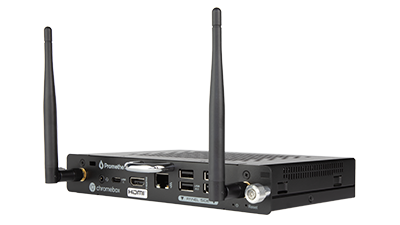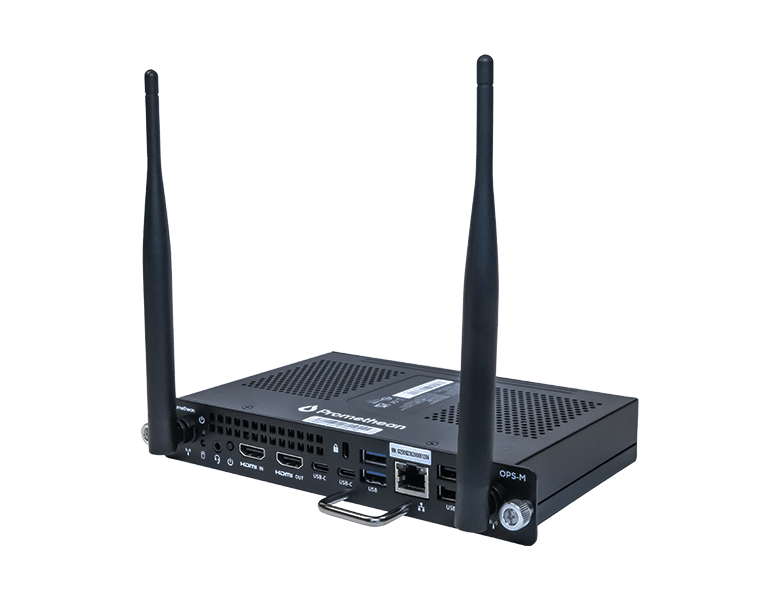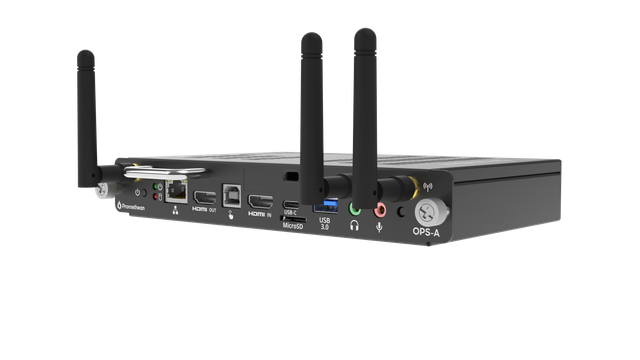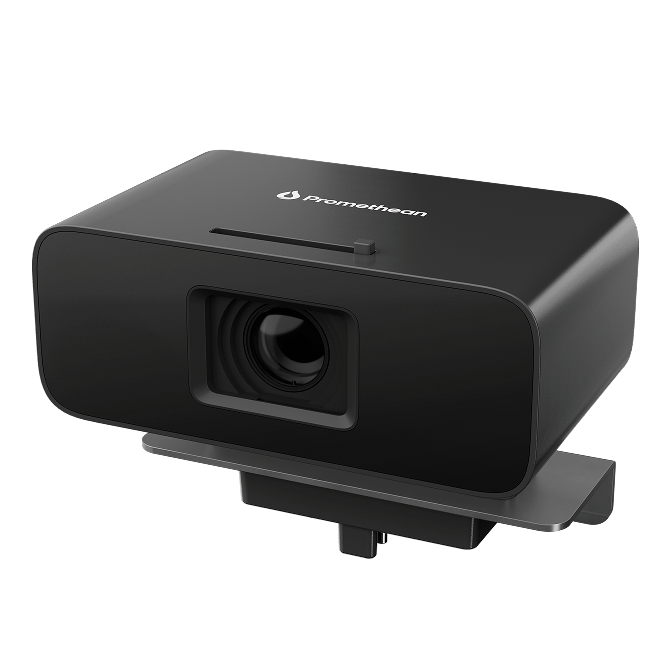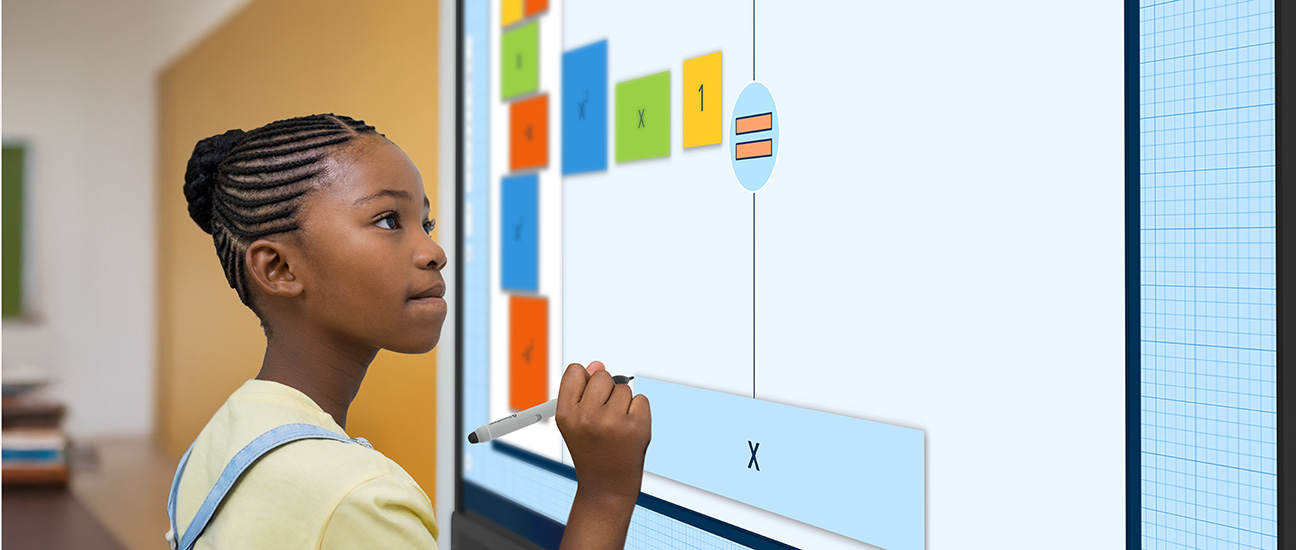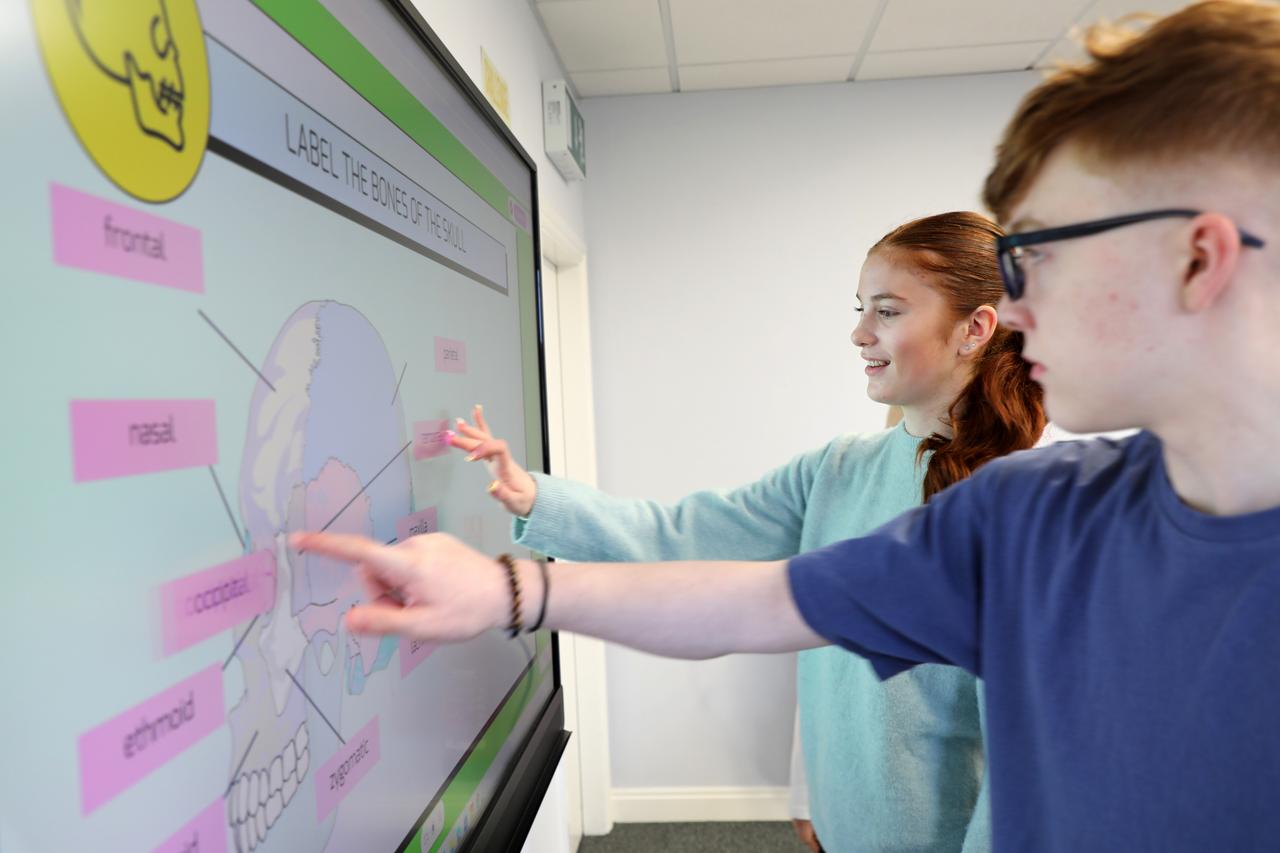Published on October 27th, 2025
How to tackle time and technology challenges in your school or district
11 minute read
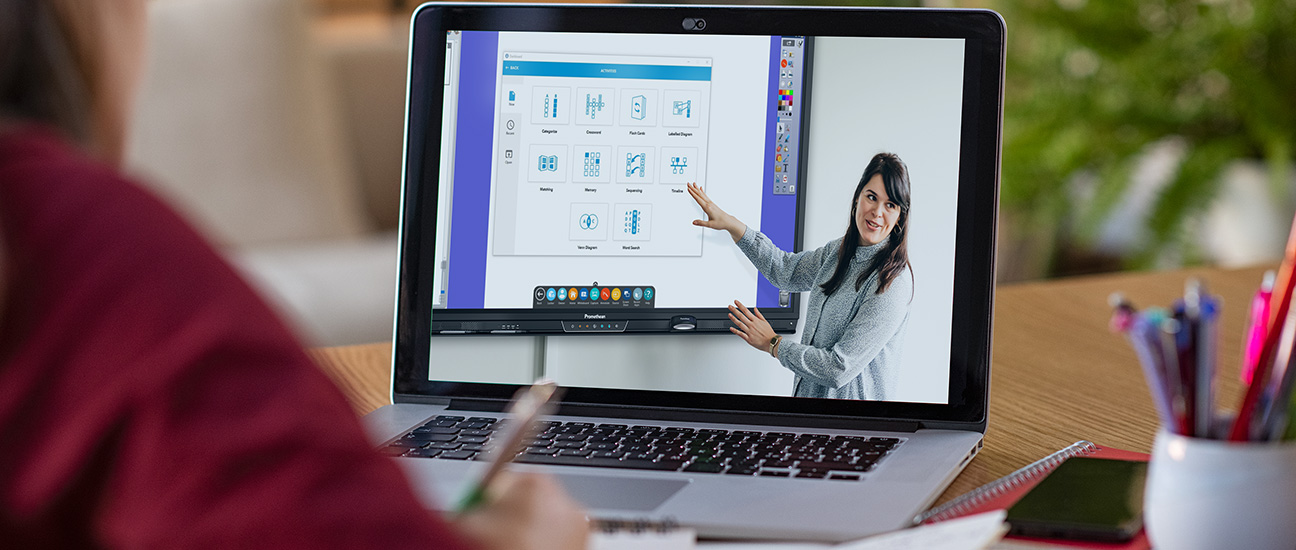
Summary
Time. It’s the one resource educators never have enough of. Your planning period vanishes in a flurry of student questions. Your lunch break becomes an impromptu parent meeting. And that block you set aside for learning the new classroom technology gets interrupted by an urgent email from administration.
Sound familiar? The time crunch for professional development has become education’s most persistent challenge. Whether you’re a classroom teacher balancing curriculum demands, an administrator juggling district initiatives, or IT staff supporting multiple schools, the story remains the same. Too much to learn, too little time to learn it.
The traditional approach of full-day workshops and after-school training sessions can be unsustainable and simply does not align with the reality of educators’ lives. When professional development competes with grading, lesson planning, and basic self-care, it can go neglected.
Why you struggle to find time for professional development
The competing demands of prep, teaching, and extra working sessions are constant. Add learning new classroom technology and software, and educators are often left struggling to balance their daily schedules between tech demands and:
- IEP meetings scheduled during technology training sessions
- State testing preparation that consumes potential learning time
- Student crises that demand immediate attention
- Documentation requirements that grow every year
When educators say they do not have time for professional development, they are describing the reality of working in a profession that demands constant excellence while providing minimal time for the learning required to deliver it.
What happens when professional development time disappears
The consequences of inadequate professional development are far-reaching. Districts invest in promising technology, provide minimal training, and wonder why adoption rates remain low. Even the most tech-savvy educators struggle when they’re expected to master complex tools in fragmented chunks of time.
This can create a cascade of outcomes:
- Difficulty mastering new technology
- Students miss out on engaging learning experiences
- Digital equity issues worsen when technology implementation varies widely between classrooms
- Unclear return on investment from expensive technology purchases
A new approach to professional development for busy educators
The traditional “sit and get” professional development model was designed for a different era. Today’s educational reality demands approaches that respect the severe time constraints you face while still delivering meaningful learning experiences.
New, modern strategies like micro-learning offer practical approaches to professional development that acknowledge time limitations while ensuring you receive the support needed to leverage technology effectively in your classroom.
Micro-learning breaks complex topics into short, digestible segments that fit into the natural breaks in your day. Instead of blocking off hours for comprehensive training, you can engage with focused content addressing specific needs or features.
What makes micro-learning effective:
- Short video tutorials (two to three minutes) demonstrating single features
- Quick-reference guides for common tasks
- Brief practice activities that reinforce key concepts
- Clear organization so you can quickly find what you need
You can watch a three-minute video on creating interactive polls during your planning period, immediately implement the feature in your next class, and build confidence through immediate application. No lengthy workshop required.
This approach acknowledges that you learn technology best when you can immediately apply it. The traditional model of learning multiple features at once often leads to information overload and minimal retention. Micro-learning builds skills incrementally, allowing you to master one feature before moving to the next.
Self-paced resources that fit your schedule
Scheduled training sessions rarely align with your free time. Some teachers are most productive early in the morning, while others work late in the evening after handling family responsibilities. Self-paced resources make it easy to learn by providing 24/7 access to learning materials.
Learn Promethean, Promethean’s 24/7 online professional development platform offers a comprehensive support system available whenever you have time to engage. The platform includes:
- On-demand video tutorials organized by skill level and feature
- Interactive guides that walk you through common tasks
- Webinars, quick tips, and practical sessions for the classroom
- Structured learning paths that build skills progressively
The key advantage is flexibility. You can pause to take detailed notes, rewind, and revisit content as needed, options that live training sessions cannot offer. You can focus on specific features relevant to your teaching context rather than sitting through comprehensive training covering tools you may never use. By providing robust self-paced options, schools empower you to take ownership of your professional growth while working within the reality of your demanding schedule.
Never miss important training again
Recorded live training sessions create an extensive library of on-demand professional development and serve as ongoing reference materials.
When you encounter challenges weeks after initial training, you can revisit specific segments for information refreshes. This is valuable for complex technology implementations where questions arise during actual classroom application rather than during the initial training.
Just-in-time learning and support
Just-in-time learning delivers targeted support, while you’re actively using technology in your teaching. Instead of front-loading all training before implementation, this approach provides resources that you can access during your workflow.
Effective just-in-time resources include:
- Searchable knowledge bases with common troubleshooting solutions
- Context-sensitive help within software interfaces
- Quick-help videos (30 to 60 seconds) addressing specific tasks
- Virtual office hours with technology coaches
Next time you wonder how to share your screen during a virtual lesson, you can access a 30-second tutorial rather than sift through a recording of last month’s hour-long training session.
Try one thing this week and build confidence through manageable steps
The “try one thing this week” approach turns overwhelming technology adoption into achievable progress. Instead of expecting you to master entire platforms immediately, this strategy focuses on a single new feature or technique each week.
Small, manageable goals might include:
- Using the interactive display’s timer feature during independent work
- Creating a simple digital exit ticket for quick assessment
- Experimenting with screen annotation during instruction
- Setting up one collaborative activity using shared workspaces
Each success builds upon the last, creating momentum without overwhelming your already full schedule. The beauty of this strategy is its scalability to different comfort levels and time availability. A tech-hesitant teacher might simply use the interactive display to show a video, while a more confident educator could experiment with collaborative brainstorming tools.
Create a culture that values professional development time
Administrative support makes or breaks professional development effectiveness. When school leaders prioritize and protect time for professional learning, they send a powerful message that your growth matters. This might include:
- Scheduling dedicated professional development time during contract hours
- Providing substitute coverage for peer observation or intensive training
- Adjusting meeting schedules to create learning opportunities
- Building technology exploration time into existing collaborative planning
School leaders can model the importance of ongoing learning by participating in professional development alongside you. When principals join technology training sessions or share their own learning experiences, they demonstrate that professional growth is a shared value that permeates the school culture.
Ongoing support beyond initial training sessions is crucial for sustainable change. This includes regular check-ins, peer mentoring programs, and the celebration of implementation successes. When you see your time investment yielding classroom improvements, you’re more likely to continue engaging with professional development despite time constraints.
Set the foundation for success with orientation sessions
Effective orientation sessions provide essential knowledge without overwhelming participants. These initial encounters with new technology should inspire confidence. Well-designed orientations focus on the features educators will use immediately while saving advanced functions for later exploration.
The structure matters significantly:
- Hands-on practice with core functions
- Clear next steps for continued learning
- Resources for ongoing support
- Reasonable pacing that respects cognitive load
Measure success beyond traditional metrics
Evaluating professional development effectiveness requires looking beyond attendance sheets and completion certificates. Time-efficient professional development should be measured by:
- Practical application in classrooms
- Confidence levels
- Student engagement improvements
- Incremental increases in technology integration
Gathering feedback about professional development experiences provides crucial insights for continuous improvement. What formats work best for your schedule? Which resources prove most helpful during implementation? How can support systems better address time constraints? This feedback loop ensures that professional development evolves to meet your actual needs. As educational demands shift and technology advances, professional development must adapt accordingly. Regular evaluation and adjustment ensure that the precious time you invest in your professional learning yields maximum










